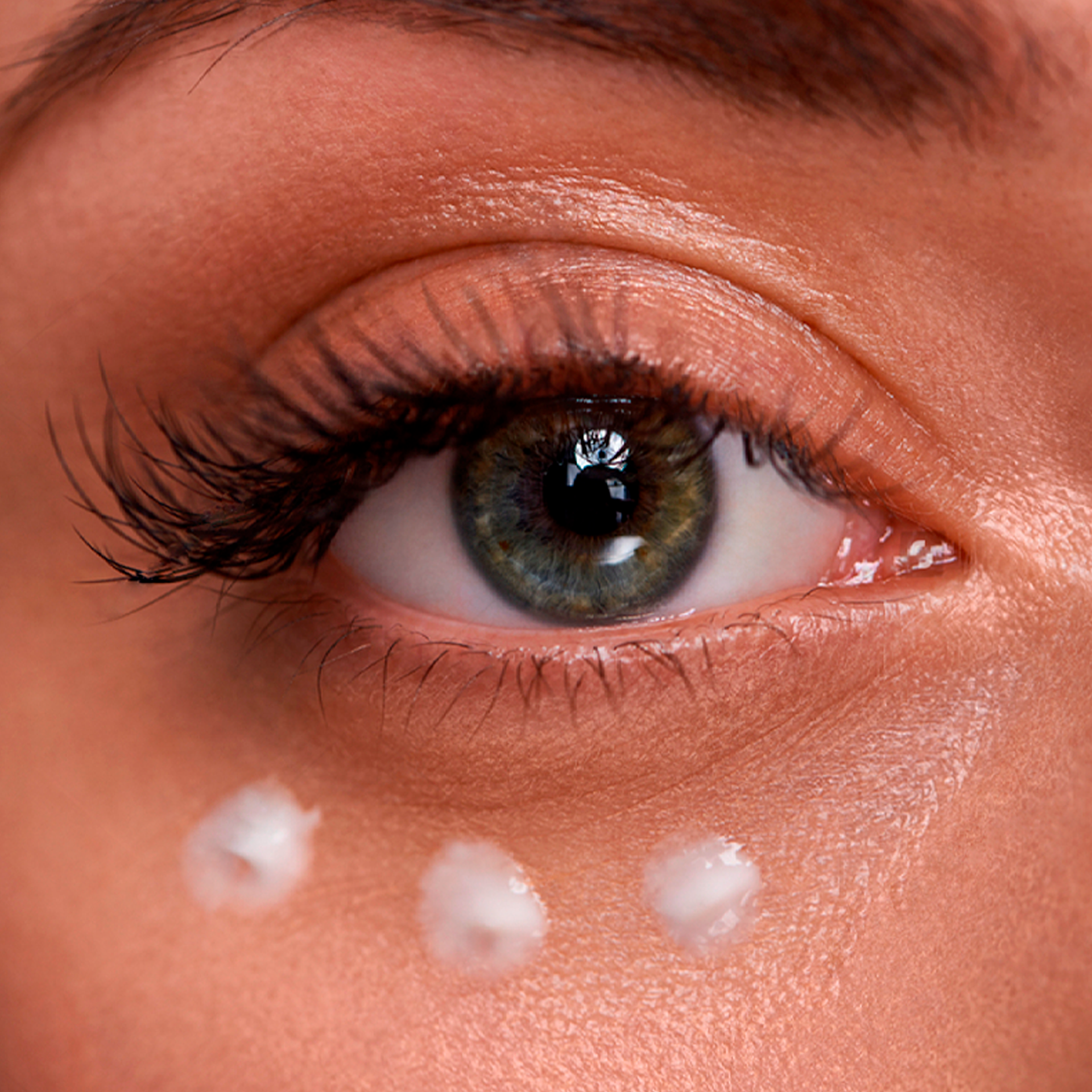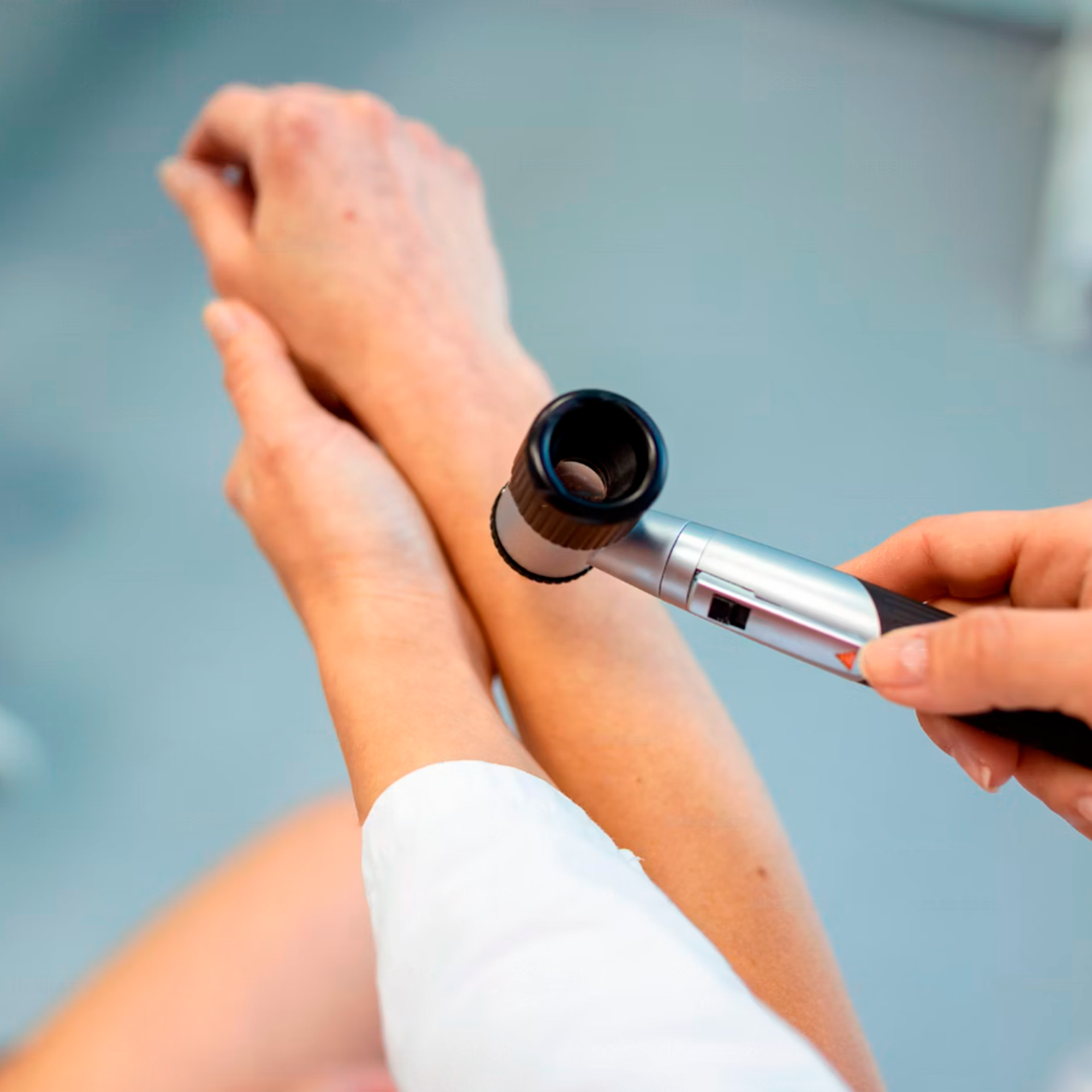Skin pH plays a crucial role in maintaining a healthy complexion, especially during summer when environmental factors can disrupt its balance. Learn why skin pH matters and how to protect it during the warmer months.
Table of Contents
- What Is Skin pH and Why Does It Matter?
- How Summer Impacts Skin pH
- Signs of Imbalanced Skin pH
- Visible Benefits
- Tips for Maintaining Healthy Skin pH in Summer
- Conclusion
- Sources
What Is Skin pH and Why Does It Matter?
Skin pH refers to the level of acidity on the skin’s surface. On a scale of 1 to 14, healthy skin maintains a slightly acidic pH of around 4.5 to 5.5. This acidity is essential for protecting the skin’s barrier, preventing moisture loss, and keeping harmful bacteria at bay. When the skin’s pH is balanced, it appears clear, hydrated, and resilient.
How Summer Impacts Skin pH
During summer, heat, humidity, and increased sun exposure can disrupt the skin's natural pH levels. Sweating, frequent cleansing, and exposure to chlorinated water or saltwater can strip the skin’s natural oils, pushing its pH out of balance. This can lead to dehydration, sensitivity, or breakouts.
Signs of Imbalanced Skin pH
If your skin pH is disrupted, you may notice:
- Excessive dryness or oiliness.
- Redness or irritation.
- A dull, uneven complexion.
- Increased breakouts or sensitivity to products.
Tips for Maintaining Healthy Skin pH in Summer
a) Use pH-Balanced Cleansers
Choose gentle cleansers that match your skin’s natural pH. Avoid harsh soaps or overly foaming products, which can strip your skin’s protective barrier.
b) Hydrate Inside and Out
Drink plenty of water to maintain hydration and use moisturisers with humectants like hyaluronic acid to keep your skin plump and balanced.
c) Apply Sunscreen Daily
A broad-spectrum SPF protects your skin from UV damage, which can disrupt its pH and accelerate signs of ageing.
d) Avoid Over-Cleansing
While sweating is common in summer, washing your face too frequently can lead to pH imbalances. Stick to cleansing twice a day and use a hydrating mist for quick refreshment.
e) Incorporate Toners
Toners can help rebalance your skin’s pH after cleansing. Opt for alcohol-free toners with soothing ingredients like aloe vera or rose water.
f) Protect Against Environmental Stressors
Pollution and environmental irritants can worsen pH imbalances. Look for products with antioxidants like vitamin C to protect your skin barrier.
Conclusion
Maintaining a balanced skin pH during summer is essential for protecting your skin’s health and glow. By choosing the right products and adopting a mindful skincare routine, you can keep your skin resilient against seasonal challenges.
For science-backed solutions, explore md:ceuticals’ range of pH-optimised products designed to support your skin’s natural defences all summer long.
Sources
-
md:ceuticals official website – www.mdceuticals.com - Used to reference products developed to maintain skin pH and barrier function, especially in summer.
-
Denda, M., et al. (2002). "Influence of Skin pH on Skin Function and Microflora Composition" – International Journal of Cosmetic Science
DOI: 10.1046/j.1467-2494.2002.00094.x - Supports the relevance of skin pH in maintaining microbial balance and barrier protection. -
Lambers, H., et al. (2006). "Natural skin surface pH is on average below 5, which is beneficial for its resident flora." – International Journal of Cosmetic Science
DOI: 10.1111/j.1467-2494.2006.00344.x - Confirms ideal pH levels and explains how deviations can lead to skin issues. -
National Library of Medicine – “The Importance of Maintaining Skin pH”
https://www.ncbi.nlm.nih.gov/pmc/articles/PMC7283012 - Details how environmental factors, including UV radiation and water exposure, affect the skin’s acid mantle. -
American Academy of Dermatology (AAD) – “Tips for Healthy Summer Skin”
https://www.aad.org - General recommendations for skincare during summer, including hydration and sun protection.









































































